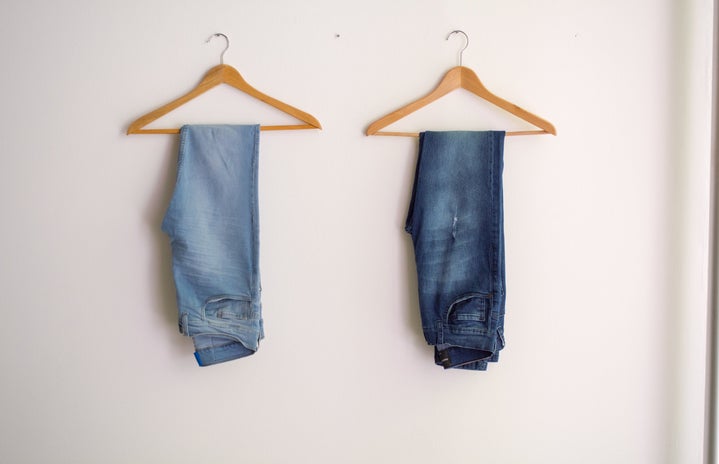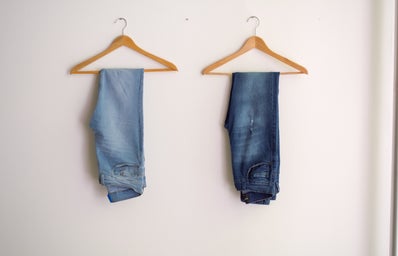Ladies, let me be honest, we, at least most of us, are sick. It is not normal to be as obsessed with pants as we are. However, imagine that you do not have the right to wear them. You have to put all these colorful clothing, your treasure which probably you won in the harsh battle with some nasty and ruthless woman who tried to kick you in order to get your deserved award, in the trash and forget about comfort because since now you can wear only skirts. Is this not a terrifying reality? These convenient pockets on our legs became an important part of our lives. It is easier to find a woman who does not like wearing dresses, than to find a female who hates pants. Unfortunately, in the past we did not have a choice to wear what we liked. Wearing pants was inappropriate for females until the end of World War I. Coco Chanel was the first person who presented pants as clothes for women to the whole world. This innovation presented the first important move towards women’s equality.
However, in the past there was no equality among women and men, and one feature of this disparity was the law that no women could wear pants. “By law and custom, for centuries women have been forbidden from wearing men’s clothes,” Kathleen Cooper asserts in her article “Wearing the Pants: A Brief Western History of Pants.” Woman was presented as a weak person whose goals were to give birth and to be an accessory for home; that is why in the girl’s wardrobe you could only find some beautiful, strange clothing that seemed very uncomfortable and scary to wear. For instance, corsets still impress, by their construction and weight the most extravagant fashion designers.This part of clothing (if you may name this dangerous thing as such) was torture for ladies who took risks and tried to put this whole construction on themselves. Comfort and women did not connect with each other. Pants were the dream that only men could have. This was one of the symbols of patriarchy (the dominance of men in society), and it could not be applied to women.“It wasn’t ‘ladylike’ (code for questioning male authority.) Girls would be wild, instead of quiet and modest, and no one would want to marry them”(Cooper).
Coco Chanel’s fashion collection changed all this! Coco Chanel’s decision to present pants like clothes for women became an innovation of its time. Isabella Alston and Kathryn Dixon, the authors of the book named “Coco Chanel,” point out what change Coco made in the lives of females, “Pants, pants, and more pants! Chanel expanded women’s fashion boundaries into the realm of men’s fashion to capture the comfort and freedom for women…” Transforming usual skirts into something that had been “forbidden fruit” for a long time was a risky move that nobody had even done before Coco. Pants for women became an innovation at that time because, before that, society could not even think that this old attribute of men’s clothing routine could be worn by a woman.
Society’s acceptance that women could wear pants was a new perspective, and, at the same time, an important step towards gender equality. “In many ways she (Coco Chanel) was responsible for a major first step toward women’s liberation, doing so through the world of fashion by freeing women from the strictures of corsets and adapting menswear, specifically pants, to the female body” (Alston and Kathryn 4). Despite the established norms that restricted wearing pants for women, Chanel made a new collection, mostly focusing on women’s comfort, thus emphasizing that a woman was not just a beautiful part of a home interior, but also a human being whose opinions should be counted. Wearing pants, women became more confident in their significance because they could use pants that were initially the symbol of masculinity, and even though it did not mean that the equality between different genders was established, women felt the shift towards it was made: “This feminized version of the classic men’s suit was worn as a way for women to be, at least sartorially, on a level playing field as men” (Blodgett).


